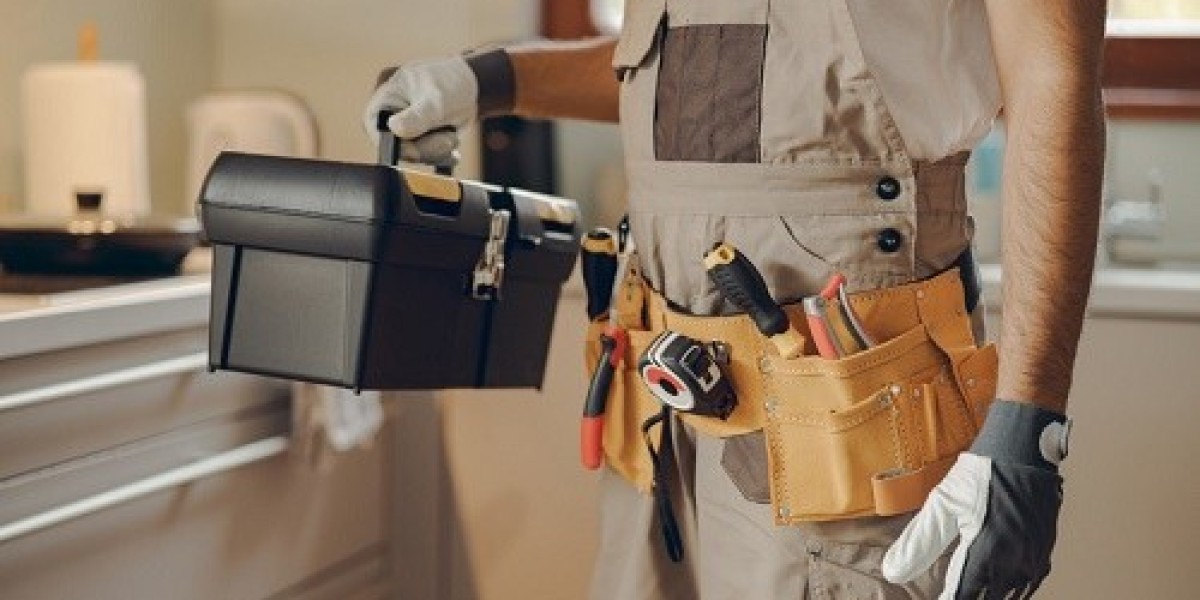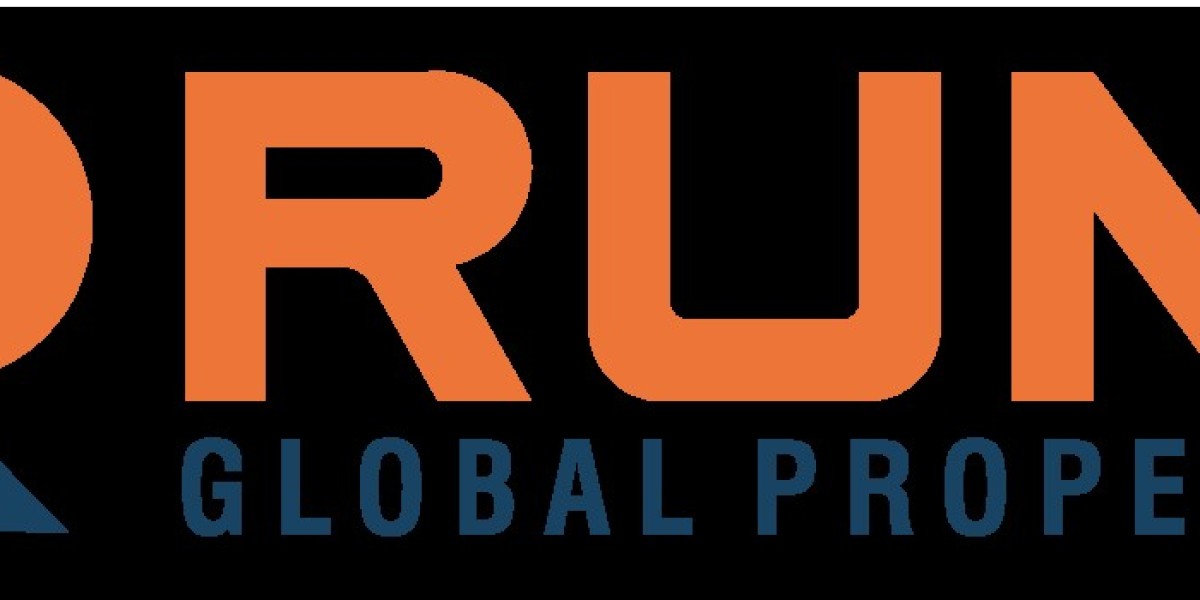In today’s fast-moving industries, managing workplace hazards is no small task. One of the biggest challenges many safety managers and business owners face is treating contractors and full-time employees the same way when it comes to risk profiling. But is this approach effective? The answer is no.
Profiling contractor risks separately from employee risks is not just a good idea — it’s a necessary step to improve safety, reduce incidents, and create a more reliable working environment. In this article, we’ll break down why separating these risk profiles matters, how you can do it effectively, and what it means for your workplace safety strategy.
Before we dive deeper, it’s worth mentioning that anyone working in occupational health and safety can greatly benefit from professional certifications. Many professionals in Pakistan pursue NEBOSH qualifications to enhance their safety management skills. If you’re considering one, it's good to be aware that NEBOSH course fee in Pakistan can vary depending on the institute and course level.
Why Contractors and Employees Face Different Risks
To understand why we should treat contractor and employee risks differently, let’s look at a simple example.
Imagine you run a factory. Your regular employees work there every day. They know where the hazards are, how to avoid them, and the company’s safety culture. Now, a contractor arrives for a two-day electrical repair job. They’ve never been in your factory before. They don’t know the site’s specific risks, emergency exits, or safety protocols. Can you expect them to be as prepared as your full-time staff? Of course not.
This is why profiling contractor risks separately from employee risks is essential. Contractors often:
Work in unfamiliar environments
Have different job roles and responsibilities
Might not receive the same level of site-specific training
Could bring their own tools, equipment, and procedures
Work under tight deadlines, increasing risk
Ignoring these differences can lead to accidents, injuries, or even fatalities. By recognizing and addressing these unique risks, you can protect everyone on site.
Step-by-Step Guide: How to Profile Contractor Risks Separately
Now that we know why it’s important, let’s walk through a practical, step-by-step guide to doing it.
Step 1: Identify All Contractors and Their Activities
Start by listing every contractor you hire and the type of work they perform. Include subcontractors too. Knowing who’s on your site and what they’ll be doing is the foundation of effective risk profiling.
Pro Tip: Maintain a contractor logbook or digital register to keep this information up to date.
Step 2: Assess the Work Environment
Determine the specific hazards in the areas where contractors will be working. Are there high-voltage areas? Confined spaces? Heavy machinery? These hazards might be routine for your employees but brand new for contractors.
Anecdote: A construction company once hired a team of painters to work on a new office block. The painters weren’t told about a nearby welding zone. Sparks ignited paint fumes, causing a fire. Luckily, no one was hurt, but it highlighted the importance of hazard awareness for temporary teams.
Step 3: Evaluate Contractor Competency
Don’t assume that every contractor knows how to handle risks properly. Check their qualifications, licenses, and past safety records. You might find that some need additional site-specific training or supervision.
This is where NEBOSH-certified professionals often shine. Many companies in Pakistan look for safety officers with NEBOSH in Pakistan credentials to ensure thorough risk assessments and effective contractor management.
Step 4: Provide a Detailed Safety Induction
Before any contractor starts work, conduct a tailored safety induction. Focus on:
Site-specific hazards
Emergency procedures
PPE requirements
Reporting procedures for incidents and hazards
This should be different from your regular employee induction since contractors have unique tasks and may work in riskier or restricted areas.
Step 5: Develop Contractor-Specific Risk Assessments
Create separate risk assessments for contractor tasks. Include control measures that address their specific activities and working conditions.
For example:
If contractors are working at heights on scaffolding your employees rarely use, the risk assessment should focus on fall protection, harness inspections, and weather conditions.
Step 6: Monitor Contractor Work Activities
Assign a site supervisor or safety officer to monitor contractor activities, ensuring they follow the agreed safety procedures and risk controls.
Step 7: Review and Improve
After the job is complete, review how well the contractor managed risks. Were there any near-misses or unsafe acts? Use this information to improve future contractor risk profiles.
The Dangers of Not Separating Contractor and Employee Risks
Many workplace incidents happen because companies treat contractors like full-time employees when it comes to safety procedures. Here’s what can go wrong:
Contractors unknowingly enter hazardous zones
Unsafe practices due to lack of site-specific training
Miscommunication about emergency procedures
Inadequate PPE for specific contractor tasks
In some cases, these oversights have tragic consequences. Properly profiling contractor risks separately from employee risks can prevent these incidents.
How NEBOSH Courses Can Help with Contractor Safety Management
In Pakistan, many safety professionals turn to NEBOSH qualifications to enhance their skills in risk assessment and workplace hazard management. These courses cover essential topics like:
Hazard identification and control
Emergency response planning
Contractor safety management
When considering taking a course, it’s useful to note that NEBOSH course fee in Pakistan can range from PKR 120,000 to PKR 180,000, depending on the institute and course type. This investment pays off through safer work environments and better career opportunities.
Real-Life Example: A Lesson Learned the Hard Way
At an industrial plant in Karachi, a contractor was hired to clean chemical tanks. The regular employees were aware of the fumes produced during cleaning, but the contractor wasn’t. The contractor entered the tank without proper respiratory protection and lost consciousness.
This incident could have been avoided if the company had profiled contractor risks separately and provided a tailored safety induction. It was a wake-up call for management, who later revamped their contractor safety program.
Benefits of Separate Risk Profiling
When you manage contractor and employee risks separately, you’ll notice:
Fewer accidents and near-misses
Better contractor performance
Improved compliance with safety regulations
Higher safety culture standards on site
It also makes audits easier since authorities often require proof of contractor-specific risk assessments and safety plans.
Read more about NEBOSH in Pakistan and see how it can improve your workplace safety strategy.
Final Thoughts
Contractors play a crucial role in many industries — from construction and manufacturing to oil and gas. However, they face different risks compared to full-time employees. Profiling contractor risks separately from employee risks ensures a safer, more organized workplace for everyone.







